theartsdesk at Love Supreme Festival 2016: Kamasi Washington, Esperanza Spalding and Stanley Clarke | reviews, news & interviews
theartsdesk at Love Supreme Festival 2016: Kamasi Washington, Esperanza Spalding and Stanley Clarke
theartsdesk at Love Supreme Festival 2016: Kamasi Washington, Esperanza Spalding and Stanley Clarke
Laid back atmosphere, inspiring music at the UK’s only green field jazz festival
“Can you take a picture of us looking really middle-aged?”
Two woman in their forties are enjoying the sunshine on the opening afternoon of Love Supreme, sipping prosecco from the comfort of their fold-up camping chairs as a charismatic, vapour-voiced Lianne La Havas launches into “Unstoppable”. I watch them scroll through the photos I’ve taken and collapse into fits of giggles. The funny thing is though, they fit right in. They’re doing this festival as it was meant to be done.
The fold-up camping chair is the unofficial emblem of Love Supreme – the leitmotif for the weekend. They’re everywhere. Parked fifty deep in front of the open-air Main Stage and slung across people’s backs as they queue up at the bars. They provide makeshift muster-points (“Where should we meet? At my parents’ chairs?”) and they’re plonked in the middle of some of the festival’s most enduring images. Perhaps my favourite memory of all is of a silver-haired man in a fleece doggedly reading a copy of the Telegraph from the comfort of his camping chair, seemingly oblivious to the hundreds of people all around him, on their feet, swaying contentedly to the sound of Esperanza Spalding’s bass.
You could go wild at Love Supreme if you wanted to. On Saturday night I met up with some musician friends and we made a stab at it, dancing like idiots to a late-night DJ set from Gilles Peterson and doing the limbo under a pair of inflatable dumbbells. But it felt like swimming against the tide. If you go to Glastonbury to embrace your inner hippy, you come to Glynde Place to embrace your inner (or outer) middle-aged self and a fold-up camping chair is an essential part of the look.
But if it sounds like I’m complaining I’m not. The UK’s only green field jazz festival isn’t in the slightest bit edgy, but I don’t think it’s trying to be. It’s just trying to be a nice weekend out with good music, and that’s something it unquestionably nails. All the essential elements of a festival are here. There are candy-striped fairground rides and over-priced street food stalls; made-up flags for countries that, if they existed, would have zero carbon emissions and relaxed laws on hallucinogenic drugs; and stands selling patterned scarves and brightly coloured dresses under the tagline ‘Goodies From Gambia’. Aside from a few showers on Saturday even the weather behaves itself and, with the sun riding high over the South Downs, the atmosphere is so relaxed it’s almost serene. Oh, and the soundtrack is very good indeed.
Grace Jones and the Average White Band
This is a jazz festival in the loosest sense of the word. The Main Stage, billed as a platform for “artists with a soul and funk lineage” and presumably designed to keep the festival’s accounts team on board, can be hit or miss. The sound of a husky-voiced Kelis belting out “Milkshake” to a backdrop of obnoxious high register trumpet is not one I’ll easily forget. Yet there are far more pleasant surprises than there are shockers.
Seventies legends the Average White Band play the right kind of cheese as far as I’m concerned and they were sounding as funky and tight as ever on Sunday afternoon, while Grace Jones’ Saturday night headline slot was a hoot. It culminated with Jones (68), dressed in nothing but a corset, tribal body paint and the last in a series of outlandish headdresses, hula hooping continuously for upwards of 10 minutes as she introduced the band on “Slave to the Rhythm”; though my favourite costume of all featured a mirrored top hat that gleamed like a radioactive disco ball when sprayed with beams of light.
Jacob Collier, Swindle and Erik Truffaz
For fans of actual jazz, giant marquees the Big Top (for jazz headliners) and the Arena (for rising stars) offered plenty to get excited about. They’re close enough together that you quickly flit between the two, which is a bonus, and I found myself catching bits of sets that I hadn’t expected to make it to. Some were by musicians I’d seen before, like multi-instrumentalist Youtube sensation Jacob Collier, who wowed the Arena with his frantic, multi-layered covers of “P.Y.T.” and “Close To You”, as well as some insanely danceable tracks from his debut album, In My Room.
Others were new to me. French trumpeter Erik Truffaz, who channelled electric era Miles Davis by floating reverb-enhanced solos over ambient, funk grooves, impressed. As did British producer Swindle and his fleet-footed horn section. “Mad Ting”, a Swindle original that mixed storming trap-inspired drum grooves, horn section hits and lairy vocals laid down by Grime MC JME, drove the crowd wild (not a camping chair to be seen in this set).
Esperanza Spalding and Scofield/Mehldau/Guiliana
Esperanza Spalding’s wonderfully-freaky, Cream-inspired Emily’s D+Evolution show was more polished than when I saw it first, back in the winter. Musically it was just as wide-ranging, blending blues, funk, trippy show tunes and grungy rock, but the sense of theatre had been ramped up even further. Spalding took the stage dressed in a black and white ball gown, sporting a voluptuous afro, and in the opening number we witnessed her transformation. Strings were pulled, the ball gown became a cocoon (very Kendrick Lamar) and out came Emily, Spalding’s alter-ego, with her braids and her wayfarer glasses, gazing at her outstretched arms as if she’d never seen them before. It was a proper stage show, which is definitely something we could use more of in the jazz world.
A new trio comprising pianist Brad Mehldau, guitarist John Scofield and drummer Mark Guiliana, was less convincing. Musically, it picks up where Mehldau and Giuliana’s duo electronica project, Mehliana, left off. The grooving jams are funkier this time, but the key ingredients – milky synth lines and swirling acoustic piano, thrusting, needle-sharp drum fills and beatpad trickery – are all there. Even so, the set never quite seemed to settle and though Scofield threw some nice ideas into the mix – bluesy bends and bursts of funky, chicken-scratch guitar – he often seemed uncomfortable and unsure of his place. It’s early days though and with more time on the road the dynamic will surely improve.
Binker and Moses, Stanley Clarke and Beats and Pieces
MOBO-winning duo Binker and Moses, who held an Arena crowd transfixed with a stripped back set of skronking sax lines and richly textured kit playing, displayed outstanding synergy. As did iconoclastic Manchester big band Beats and Pieces, whose Sunday morning appearance in the Big Top was a welcome slap in the face. Their punchy grooves and anthemic melodies are just what you need after a night on a camping mat, when your eyes feel like they’re made of velcro and you’re brain is a soup of misfiring neurons.
Stanley Clarke’s young band, which includes Georgian piano prodigy Beka Gochiashvili and the borderline terrifying Mike Mitchell on drums, were similarly energetic and their set was one of the highlights of the weekend. They all have ridiculous chops but there were some wonderfully delicate moments in the performance too, led by Clarke on bowed acoustic bass. When he ditched the bow again and played a theatrical slap solo across the length of the fingerboard it brought the house down.
Kamasi Washington
The standout gig of the festival though was LA saxophonist Kamasi Washington’s Sunday night headline slot in the Big Top. Despite what many sections of the media would have you believe, Washington is not the messiah. He’s benefitted enormously from his association with producer Flying Lotus, whose Brainfeeder label released The Epic, and from his work with rapper Kendrick Lamar on To Pimp A Butterfly, which has ramped up his street cred and brought him to a younger, hipper audience. Press hysteria has followed. He’s not reinventing the wheel. His repackaging of spiritual jazz is actually quite old school and there are more virtuosic saxophone players around.
But, and this is a colossal but, he is a phenomenal performer with a presence and onstage charisma that’s impossible to ignore. There’s an incredible rawness to his sound, as if his breath is filled with iron filings, and the power and commitment behind it almost knocks you over. He seems to play with every ounce of his strength, like he’s hell bent on blowing the rivets out of his saxophone. With his double-drumming band The Next Step, all childhood friends united in their commitment to burning swing, shredding behind him, there’s more energy radiating from the stage than you can believe. When they’re all at full stretch it’s like standing in front of an exploding star.
The performance took a similar shape to Washington’s debut in London back in November, with a feature for vocalist Patrice Quinn, a guest appearance from Washington’s father Rickey, on flute, and a ferocious drum-off between Ronald Bruner Jr. and Tony Austin, but we also heard something new. The group recorded seven other albums alongside The Epic in a marathon session in LA and next to drop is Uprising from bassist Miles Mosley. It’s one to watch out for if “Abraham”, featuring Mosley on effects-driven upright and soulful vocals, was anything to go by. The funk groove was so heavy it gave me heart palpitations.
Which brings us back to middle-age. I missed Burt Bacharach’s headline set, the last of the festival. “What’s New Pussycat” was blaring out of the main stage speakers as I packed up my tent. But I heard most of it second hand on the shuttle back to Brighton:
“What the BUS needs now is love, sweet love / It's the only thing that there's just too little of.”
So ended my first visit to Love Supreme: trapped on a double decker full of 50-somethings singing sickly-sweet Burt Bacharach numbers, fold-up chairs jammed between their knees. I kept my head down and pretended not to like it, but I was smiling on the inside. If it means more weekends like this one, middle-age doesn’t seem such a terrifying prospect.
The future of Arts Journalism
You can stop theartsdesk.com closing!
We urgently need financing to survive. Our fundraising drive has thus far raised £49,000 but we need to reach £100,000 or we will be forced to close. Please contribute here: https://gofund.me/c3f6033d
And if you can forward this information to anyone who might assist, we’d be grateful.

Subscribe to theartsdesk.com
Thank you for continuing to read our work on theartsdesk.com. For unlimited access to every article in its entirety, including our archive of more than 15,000 pieces, we're asking for £5 per month or £40 per year. We feel it's a very good deal, and hope you do too.
To take a subscription now simply click here.
And if you're looking for that extra gift for a friend or family member, why not treat them to a theartsdesk.com gift subscription?
more New music
 Suzanne Vega and Katherine Priddy, Royal Albert Hall review - superlative songwriters
Two brilliant voices fill the Royal Albert Hall
Suzanne Vega and Katherine Priddy, Royal Albert Hall review - superlative songwriters
Two brilliant voices fill the Royal Albert Hall
 Kali Malone and Drew McDowell generate 'Magnetism' with intergenerational ambience
Young composer and esoteric veteran achieve alchemical reaction in endless reverberations
Kali Malone and Drew McDowell generate 'Magnetism' with intergenerational ambience
Young composer and esoteric veteran achieve alchemical reaction in endless reverberations
 Benson Boone, O2 London review - sequins, spectacle and cheeky charm
Two hours of backwards-somersaults and British accents in a confetti-drenched spectacle
Benson Boone, O2 London review - sequins, spectacle and cheeky charm
Two hours of backwards-somersaults and British accents in a confetti-drenched spectacle
 Midlake's 'A Bridge to Far' is a tour-de-force folk-leaning psychedelic album
The Denton, Texas sextet fashions a career milestone
Midlake's 'A Bridge to Far' is a tour-de-force folk-leaning psychedelic album
The Denton, Texas sextet fashions a career milestone
 'Vicious Delicious' is a tasty, burlesque-rockin' debut from pop hellion Luvcat
Contagious yarns of lust and nightlife adventure from new pop minx
'Vicious Delicious' is a tasty, burlesque-rockin' debut from pop hellion Luvcat
Contagious yarns of lust and nightlife adventure from new pop minx
 Music Reissues Weekly: Hawkwind - Hall of the Mountain Grill
Exhaustive box set dedicated to the album which moved forward from the ‘Space Ritual’ era
Music Reissues Weekly: Hawkwind - Hall of the Mountain Grill
Exhaustive box set dedicated to the album which moved forward from the ‘Space Ritual’ era
 'Everybody Scream': Florence + The Machine's brooding sixth album
Hauntingly beautiful, this is a sombre slow burn, shifting steadily through gradients
'Everybody Scream': Florence + The Machine's brooding sixth album
Hauntingly beautiful, this is a sombre slow burn, shifting steadily through gradients
 Cat Burns finds 'How to Be Human' but maybe not her own sound
A charming and distinctive voice stifled by generic production
Cat Burns finds 'How to Be Human' but maybe not her own sound
A charming and distinctive voice stifled by generic production
 Todd Rundgren, London Palladium review - bold, soul-inclined makeover charms and enthrals
The wizard confirms why he is a true star
Todd Rundgren, London Palladium review - bold, soul-inclined makeover charms and enthrals
The wizard confirms why he is a true star
 It’s back to the beginning for the latest Dylan Bootleg
Eight CDs encompass Dylan’s earliest recordings up to his first major-league concert
It’s back to the beginning for the latest Dylan Bootleg
Eight CDs encompass Dylan’s earliest recordings up to his first major-league concert
 Ireland's Hilary Woods casts a hypnotic spell with 'Night CRIÚ'
The former bassist of the grunge-leaning trio JJ72 embraces the spectral
Ireland's Hilary Woods casts a hypnotic spell with 'Night CRIÚ'
The former bassist of the grunge-leaning trio JJ72 embraces the spectral

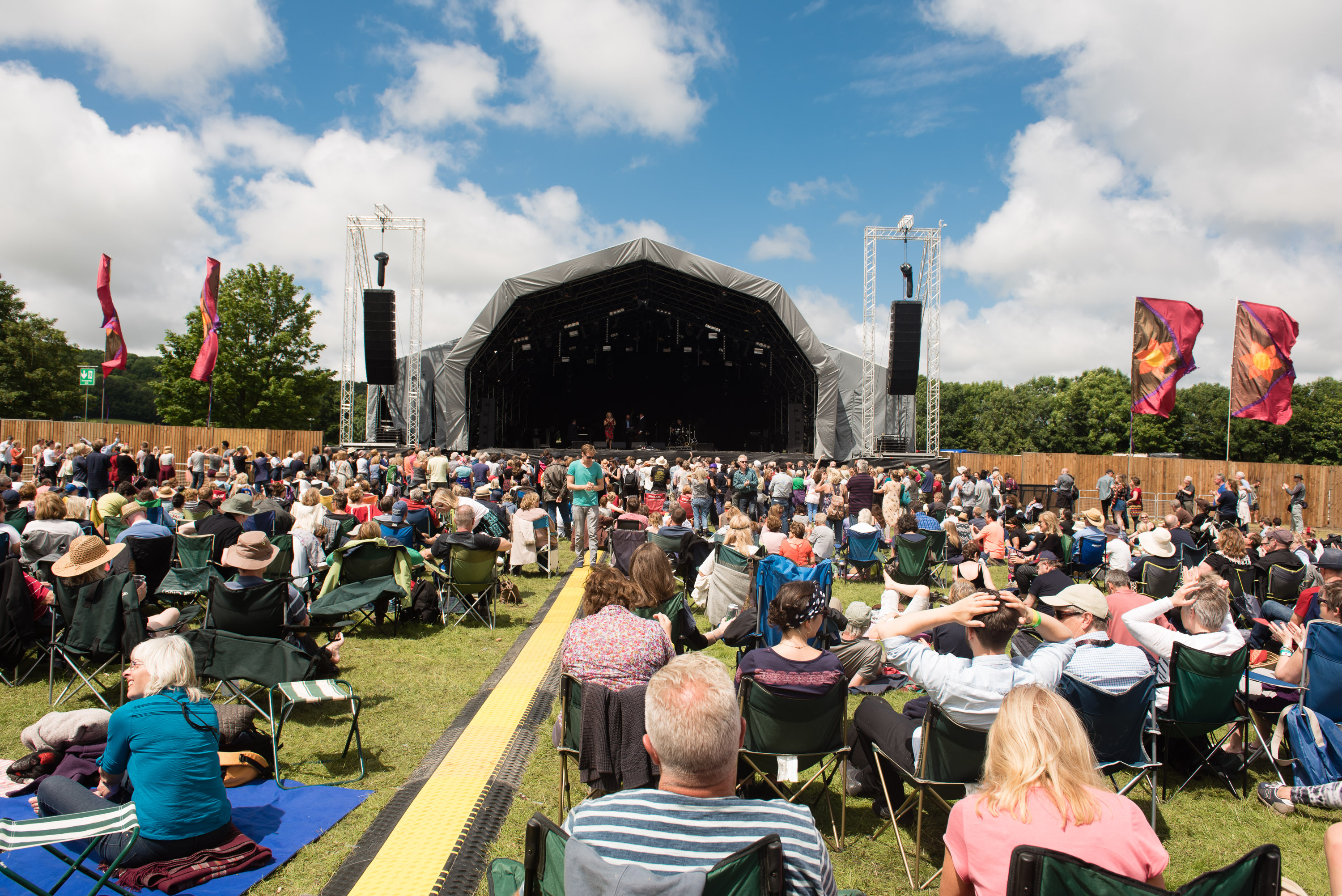
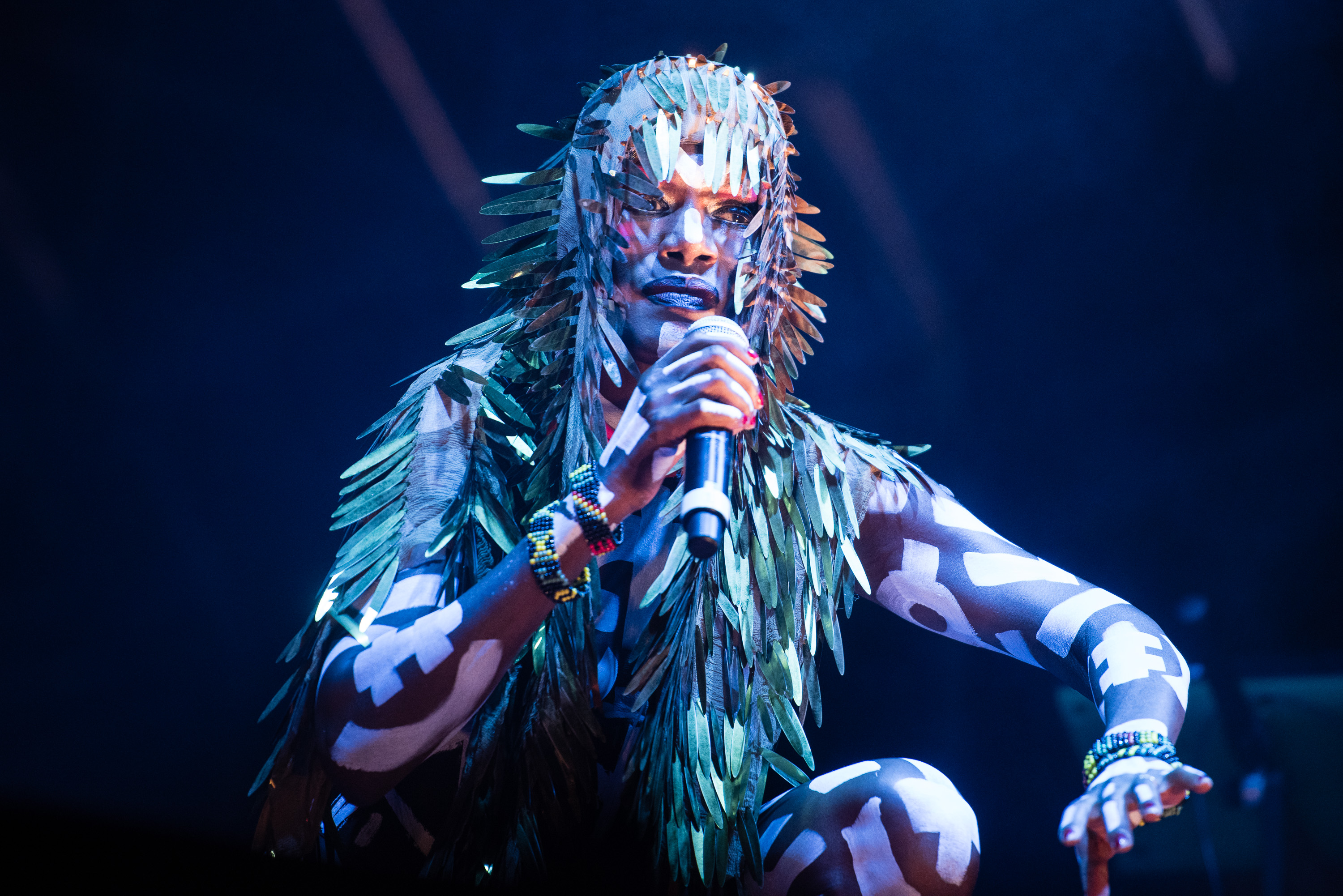
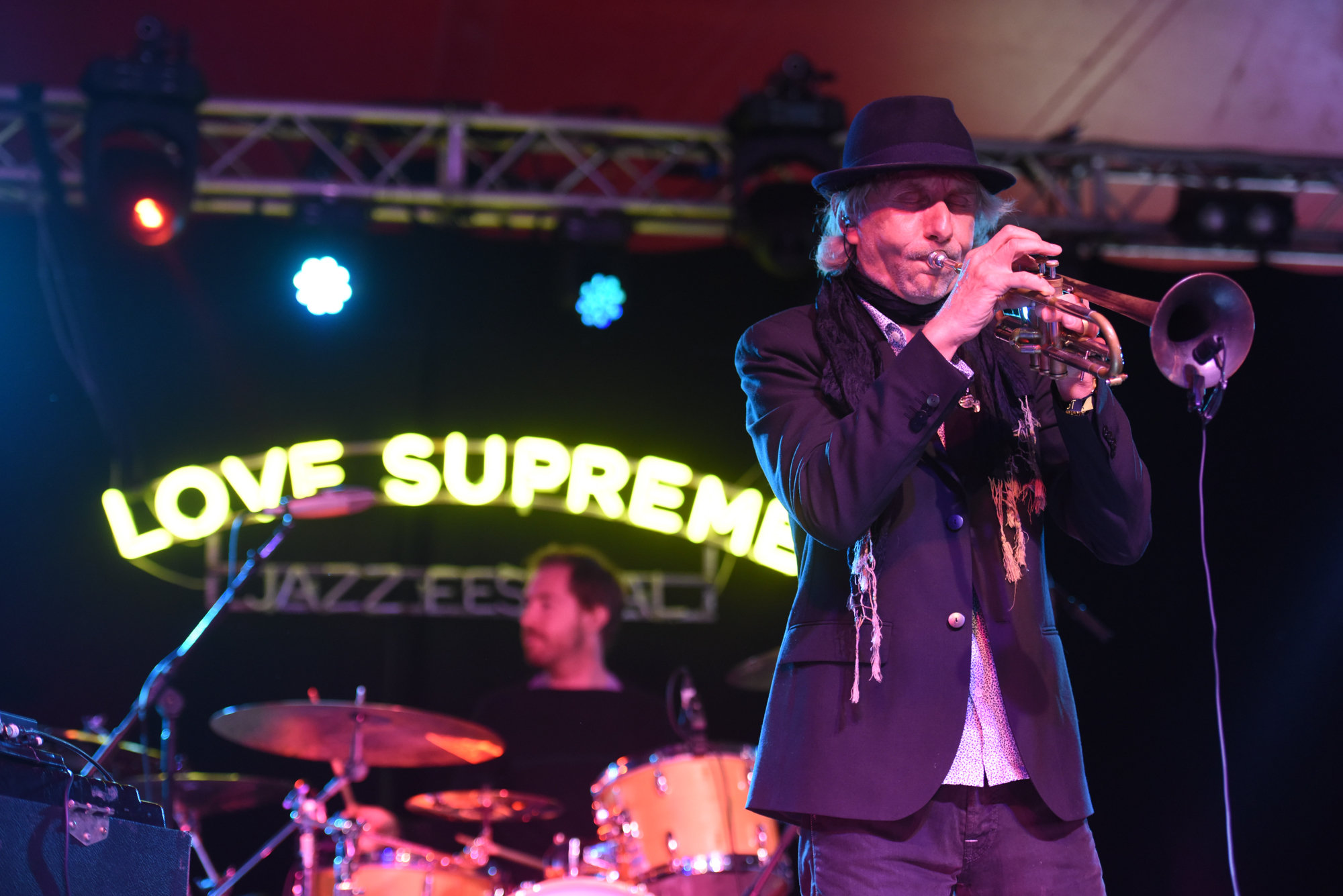
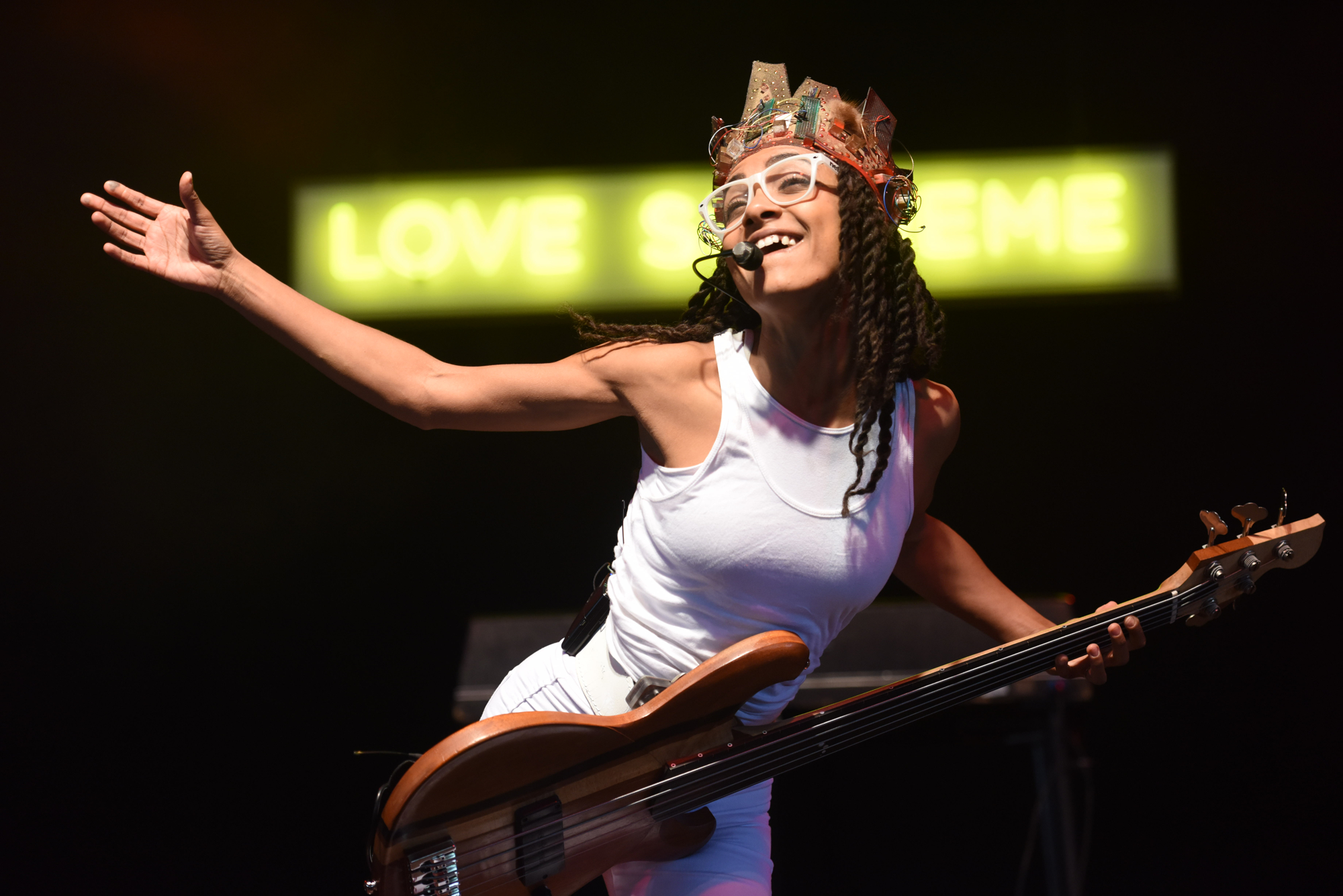
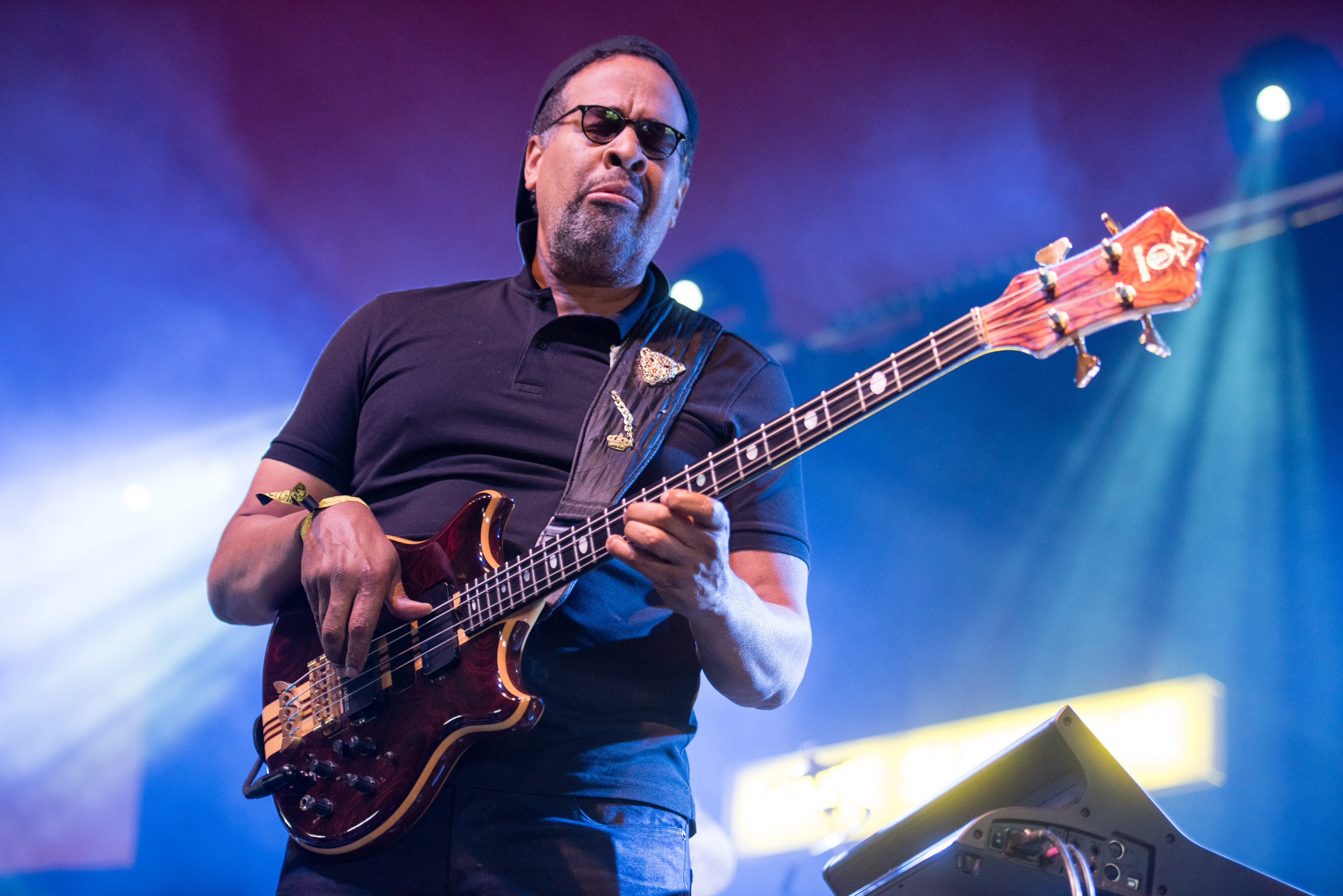
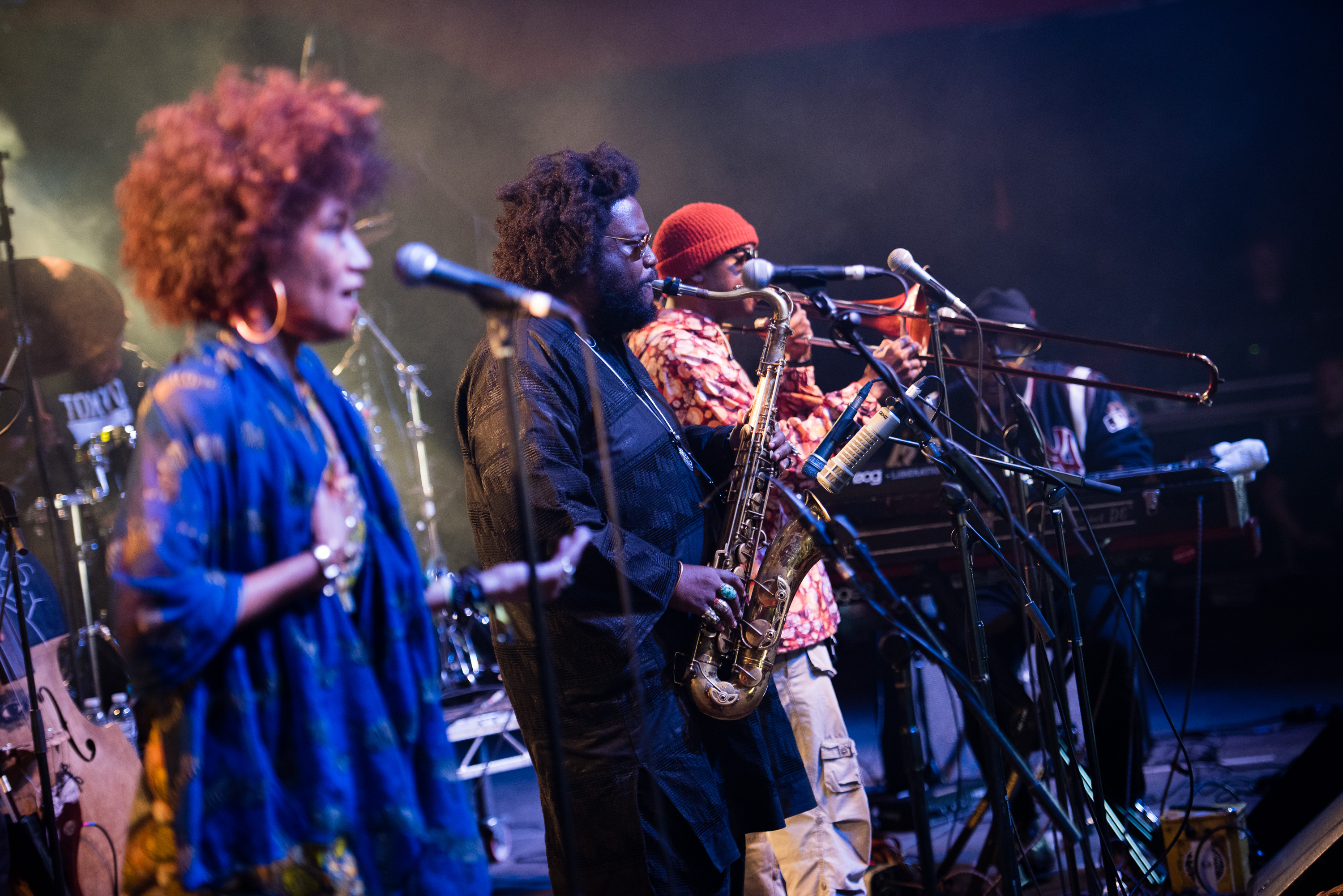
Add comment